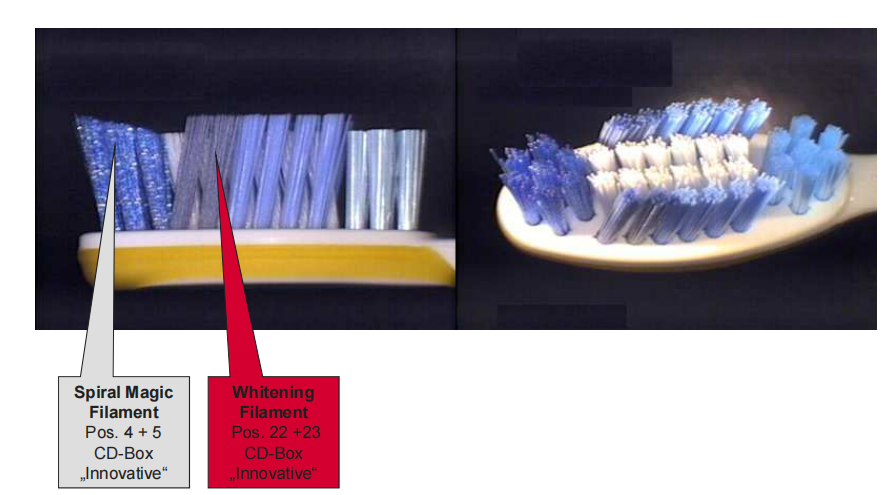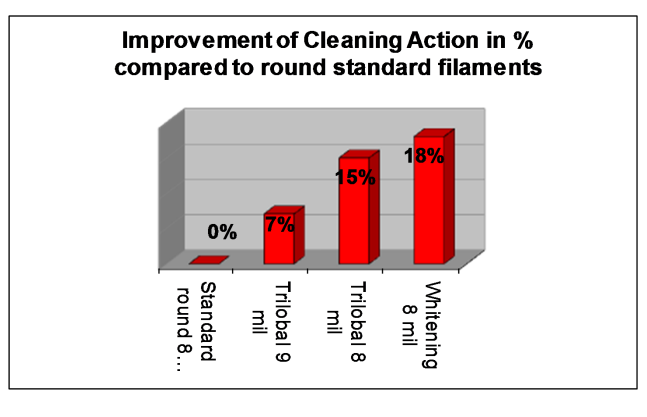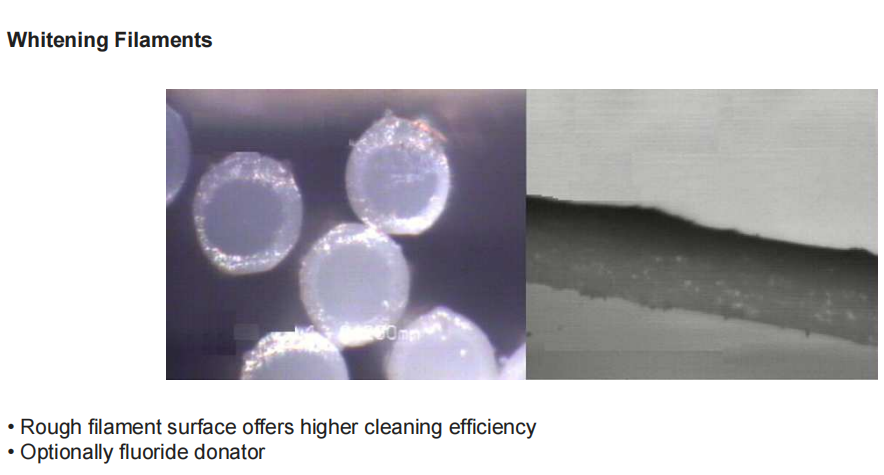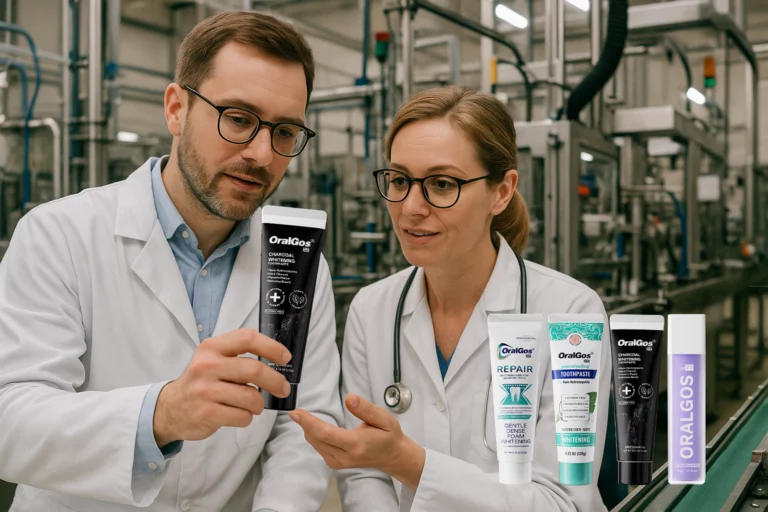Introduction:
In the realm of dentistry, maintaining oral health and enhancing smiles are paramount goals. With advancements in dental technology, practitioners continuously seek innovative solutions to address patient needs, including tooth whitening. Whitening dental filament represents a groundbreaking development in this pursuit, offering a convenient and effective method for brightening smiles. This article explores the evolution, science, techniques, and applications of whitening dental filament, shedding light on its transformative impact on modern dental care.

Evolution of Whitening Dental Filament:
Traditionally, dental filament primarily served functional purposes, such as cleaning and plaque removal. However, with the rising demand for aesthetic dental treatments, including tooth whitening, the focus has expanded to include cosmetic benefits. Whitening filament emerges as a result of this evolution, integrating whitening agents and innovative materials into its composition to provide patients with brighter, more radiant smiles.
Understanding Whitening Dental Bristle:
Whitening dental bristle refers to specialized dental floss or tape infused with whitening agents designed to remove surface stains and discoloration from teeth. Unlike traditional dental floss, which primarily focuses on interdental cleaning, whitening dental bristle offers the added benefit of brightening teeth while promoting oral hygiene.
Science Behind Whitening Dental Filament:
Whitening dental bristle leverages various scientific principles and technologies to achieve its desired effects:
1. Whitening Agents:
The key component of whitening dental bristle is the whitening agent, which can include hydrogen peroxide, carbamide peroxide, or other oxidizing agents. These agents penetrate the enamel and break down stains, resulting in a brighter appearance.
2. Abrasive Particles:
In addition to whitening agents, some whitening dental filaments may contain abrasive particles such as silica or calcium carbonate. These particles help mechanically remove surface stains and polish the tooth surface, enhancing the whitening effect.
3. Controlled Release Systems:
Innovative controlled release systems are incorporated into whitening dental filaments to ensure the gradual and sustained delivery of whitening agents. This allows for prolonged exposure to the whitening agent, maximizing its efficacy while minimizing potential side effects.

Techniques for Whitening Dental Filament:
Several techniques are employed to enhance the whitening efficacy of dental filaments:
1. Nano-Structured Materials:
Researchers are exploring the use of nano-structured materials in dental filaments to improve whitening efficacy. Nano-sized particles offer increased surface area and enhanced reactivity, allowing for more efficient removal of stains and discoloration.
2. Photodynamic Therapy:
Emerging research investigates the use of photodynamic therapy in whitening dental filament. Photosensitizing agents are activated by light, generating reactive oxygen species that target and break down stains on the tooth surface.
3. Customization:
Dental filaments can be customized to meet individual patient needs, including varying concentrations of whitening agents and tailored delivery systems. This customization ensures optimal whitening results while minimizing sensitivity and discomfort.

Applications of Whitening Dental Filament:
Whitening dental filaments finds applications across various dental procedures and treatments:
1. Routine Oral Hygiene:
Whitening dental filaments can be used as part of a comprehensive oral hygiene routine to remove plaque, debris, and surface stains from between teeth. Regular use helps maintain oral health while promoting a brighter, more attractive smile.
2. Pre-Treatment Preparation:
Before undergoing professional tooth whitening treatments, patients may use whitening dental bristles to prepare their teeth. By removing surface stains and debris, whitening dental bristles ensures optimal results and enhances the longevity of professional whitening treatments.
3. Post-Treatment Maintenance:
Following professional tooth whitening procedures, patients can use whitening dental bristles to maintain their results and prevent future staining. Regular use helps preserve the brightness of the teeth and prolong the effects of whitening treatments.
4. Cosmetic Enhancements:
In addition to oral hygiene benefits, whitening dental filament offers cosmetic enhancements, providing patients with a brighter, more confident smile. Whether used alone or in conjunction with other whitening treatments, whitening dental filament contributes to overall smile aesthetics and patient satisfaction.

Conclusion:
Whitening dental filament represents a significant advancement in the field of dentistry, offering patients a convenient and effective solution for achieving a brighter, more radiant smile. Through innovative technologies and materials, dental professionals can provide personalized whitening solutions that meet individual patient needs while promoting optimal oral health. As the demand for cosmetic dental treatments continues to grow, whitening dental filament will undoubtedly play a pivotal role in shaping the future of modern dentistry, empowering patients to smile with confidence.





